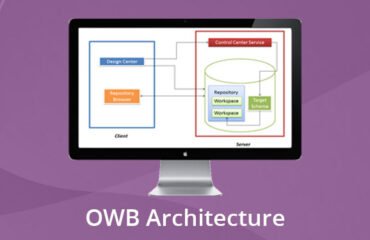
A software or QA strategy is a plan that describes the research method for the software development period. The plans explain how stakeholders’ product risks should be mitigated at the test stage, the type of testing that will be done, and which entry and exit conditions will be used.
A software testing strategy is a plan that outlines the testing method used during the software development period. It is designed to educate testers, project managers, and developers on key aspects of the testing process. This covers the research purpose, overall time and effort required for a study, testing approaches for new functionalities, and the testing environment.
Software testing or Quality Assurance techniques explain how to minimize product problems for customers at the test stage, what types of testing will be performed, and what entrance and exit requirements will be used. They are created using development concept documents.

THINGS TO THINK Of WHEN SELECTING SOFTWARE TESTING STRATEGIES:
- RISKS: Risk assessment is critical during testing; thus, consider the risks as well as the risk level. Regression is a vital concern for a well-established app that is slowly developing. That is why regression-averse tactics are so appealing. Risk analysis for a new app will show a range of threats if a risk-based analytical approach is used.
- OBJECTIVES: To be successful, testing must meet the expectations and needs of stakeholders. A dynamic approach makes sense if the aim is to find as many flaws as possible with as little upfront time and resources as possible.
- SKILLS: Remember which capabilities the testers have and do not have, because techniques must not only be selected but also implemented. When a team lacks the requisite expertise and time to formulate a plan, a standard-compliant plan is a wise decision.
- PRODUCT: Some goods, such as contract production software and military systems, have well-defined specifications. This may result in synergy with a requirements-based analytical approach.
- BUSINESS: Business considerations and policy are often crucial. A paradigm-based approach could be used where a legacy framework is being used as a model for a new one.
- REGULATIONS: In certain cases, it could be necessary to please not only customers but also regulators. In this case, a methodical approach that satisfies these regulators can be required.
You must select research tactics with the previously stated considerations in mind, as well as the project’s timeline, budget, and function limitations, as well as the reality of the organization and its politics.
SOFTWARE TESTING STRATEGIES
A safe software testing or QA approach necessitates checks at all stages of the technology stack to ensure that each component, as well as the whole system, functions properly.
- Leave time for fixing: It is futile to set aside time for checking if no time is set aside for fixing. When bugs are found, developers must take time to repair them, and the company must take time to retest the improvements. Testing isn’t that helpful because you have a time and a schedule for both.
- Discourage passing the buck: Similarly to how testers can fell short in their reports, developers may fall short in their efforts to comprehend the reports. A community that encourages developers and testers to get on the phone or have desk-side talk to get to the bottom of things is one way to reduce back-and-forth communications between developers and testers. It is all about teamwork when it comes to testing and repairing. While it is critical that developers should not spend time on a wild goose chase, it is also critical that bugs are not simply shuffled back and forth.
- Manual testing has to be exploratory: Often teams like to script manual testing so that testers can follow a series of steps and navigate their way through a set of predefined software testing activities. This completely misses the point of manual checking. If anything can be specifically written down or scripted, it can be programmed and belongs in the automated test suite. Since real-world technological use would not be scripted, testers must be able to probe and smash stuff without a script.
- Encourage clarity: Reporting bugs and requesting more information can result in additional overhead costs. A decent bug report will save time by preventing miscommunication or the need for further communication. A bad bug report, on the other hand, may result in an immediate dismissal by a developer. This could cause issues. Anyone reporting errors should make an effort to write detailed bug reports. However, it is also important for a developer to get out of the way to successfully interact.
- Test often: Manual testing, like all other types of testing, performs well where it happens regularly during the construction process, preferably weekly or bi-weekly. This aids in stopping massive backlogs of problems from accumulating and crippling morale. Frequent research is thought to be the safest way.
Computer testing and maintenance can be difficult, subtle, and even political. However, if one can predict and understand common problems, things can be kept going smoothly.




